 Well, this is a bit different, we usually only have one guest speaker. Tonight, we have one and a half!!!
Well, this is a bit different, we usually only have one guest speaker. Tonight, we have one and a half!!! Gail is our first volunteer for our Moanatairi school project. She started today on her commitment to giving six hours of service each week. Today she sorted out the books into fiction and nonfiction in the library and will run the school library from 9 until 12 every Monday and Tuesday morning.
Gail is really only a half guest as Gail is also our Rotary club's first “Associate member”. Monika and Greg have got that scheme up and running, with nine people having completed associate membership forms. Thanks, Monika and Greg.
Alan suggested we also approach Doug Edwards, a previous principal of the school, to assist as a volunteer. We also need to organise a meeting for the volunteers to get to know one another once the police vetting forms are approved.
Chris then introduced our “main” guest speaker for the evening. Alan Youngs was brought up in Morrinsville but has been in Thames for many decades. He appreciated the work Rotary does, saying that service clubs are very much needed in the community.
The Hauraki Prospectors Association was founded in 1964 to look after mining interests. They are still involved in processing ore and dealing with government agencies. Their role has expanded into education and preserving the history of mining in Thames. HPA now has 8 to10 active members with an average age of 70. Alan is obviously one of the younger ones as four of them are OBE. No, they have not received a Queen’s honour the OBE stands for “Over Bloody Eighty”. Their site on Queen Street is the old Golden,
Crown Mine (the 5th richest on the goldfield), which started in 1867 with immigrants from the closed tin mines in Cornwall. A&G Price and Judd’s foundries made 90% of the machinery and mining components that are still functioning today. The Association still holds a full mining and prospecting licence.
Tours started in 1969 and tourism is now its sole source of income, from the annual 16,000 paying adult visitors. There are also over 2,000 student visitors per year. Over the past 40 years, 70 tons of gold have been processed at the stamper battery. The whole peninsula is a geologist’s dream; it is very rich in all sorts of minerals. The bullion processed from quartz around Thames contains 60% gold and 40% silver. The bullion extracted from Kuaotunu is 90% gold, from Coromandel 80%, while Waihi is only 40-50% gold. There are over 4,000 mine openings between Totara and Tararu cemeteries.
The site is now Crown land and the HPA are constantly having battles to stop the Department of Conservation from getting control of it. They have just rebuilt an 1870 steam engine to go with the younger 1890 one, and now building a blacksmith shop. Alan feels that the history of Thames is something that Thames should be proud of.
Prior to 1867 the population was only 600. With the gold mining explosion, it rose to 20,000 people. This made Thames the biggest settlement in New Zealand for the next seven years.
Alan warmly welcomed us as a club to visit their site.
Thomas the tank engine at Moanatairi school junior playground was built at A&G Price (and is now in need of some loving restoration work!).
